Year 6
Australia in the past and present and its connections with a diverse world
The Year 6 curriculum focuses on the social, economic and political development of Australia as a nation, particularly after 1900, and Australia's role within a diverse and interconnected world today. Students explore the events and developments that shaped Australia as a democratic nation and stable economy, and the experiences of the diverse groups who have contributed to and are/were affected by these events and developments, past and present. Students investigate the importance of rights and responsibilities and informed decision-making, at the personal level of consumption and civic participation, and at the national level through studies of economic, ecological and government processes and systems. In particular, students examine Asia's natural, demographic and cultural diversity, with opportunities to understand their connections to Asian environments. These studies enable students to understand how they are interconnected with diverse people and places across the globe.
The content provides opportunities for students to develop humanities and social sciences understanding through key concepts including significance; continuity and change; cause and effect; place and space; interconnections; roles, rights and responsibilities; and perspectives and action. These concepts may provide a focus for inquiries and be investigated across sub-strands or within a particular sub-strand context.
The content at this year level is organised into two strands: knowledge and understanding, and inquiry and skills. The knowledge and understanding strand draws from four sub-strands: history, geography, civics and citizenship and economics and business. These strands (knowledge and understanding, and inquiry and skills) are interrelated and have been developed to be taught in an integrated way, which may include integrating with content from the sub-strands and from other learning areas, and in ways that are appropriate to specific local contexts. The order and detail in which they are taught are programming decisions.
Inquiry Questions
A framework for developing students' knowledge, understanding and skills is provided by inquiry questions. The following inquiry questions allow for connections to be made across the sub-strands and may be used or adapted to suit local contexts: inquiry questions are also provided for each sub-strand that may enable connections within the humanities and social sciences learning area or across other learning areas.
- How have key figures, events and values shaped Australian society, its system of government and citizenship?
- How have experiences of democracy and citizenship differed between groups over time and place, including those from and in Asia?
- How has Australia developed as a society with global connections, and what is my role as a global citizen?
(source: www.australiancurriculum.edu.au)
Achievement Standard
By the end of Year 6, students explain the significance of an event/development, an individual and/or group. They identify and describe continuities and changes for different groups in the past and present. They describe the causes and effects of change on society. They compare the experiences of different people in the past. Students describe, compare and explain the diverse characteristics of different places in different locations from local to global scales. They describe how people, places, communities and environments are diverse and globally interconnected and identify the effects of these interconnections over time. Students explain the importance of people, institutions and processes to Australia's democracy and legal system. They describe the rights and responsibilities of Australian citizens and the obligations they may have as global citizens. Students recognise why choices about the allocation of resources involve trade-offs. They explain why it is important to be informed when making consumer and financial decisions. They identify the purpose of business and recognise the different ways that businesses choose to provide goods and services. They explain different views on how to respond to an issue or challenge.
Students develop appropriate questions to frame an investigation. They locate and collect useful data and information from primary and secondary sources. They examine sources to determine their origin and purpose and to identify different perspectives in the past and present. They interpret data to identify, describe and compare distributions, patterns and trends, and to infer relationships, and evaluate evidence to draw conclusions. Students sequence information about events, the lives of individuals and selected phenomena in chronological order and represent time by creating timelines. They organise and represent data in a range of formats, including large- and small-scale maps, using appropriate conventions. They collaboratively generate alternative responses to an issue, use criteria to make decisions and identify the advantages and disadvantages of preferring one decision over others. They reflect on their learning to propose action in response to an issue or challenge and describe the probable effects of their proposal. They present ideas, findings, viewpoints and conclusions in a range of communication forms that incorporate source materials, mapping, graphing, communication conventions and discipline-specific terms.
(source: www.australiancurriculum.edu.au)
Achievement Standard
By the end of Year 6 students explain the significance of an event/development, an individual or group. They identify and describe continuities and changes for different groups in the past. They describe the causes and effects of change on society. They compare the experiences of different people in the past.
Students sequence information about events and the lives of individuals in chronological order and represent time by creating timelines. When researching, students develop appropriate questions to frame a historical inquiry. They identify a range of primary and secondary sources and locate, collect, organise and categorise relevant information to answer inquiry questions. They analyse information or sources for evidence to determine their origin and purpose and to identify different perspectives. Students develop texts, particularly narrative recounts and descriptions. In developing these texts and organising and presenting their information, they use historical terms and concepts, and incorporate relevant sources.
(source: www.australiancurriculum.edu.au)
Achievement Standard
By the end of Year 6, students describe the location of places in selected countries in absolute and relative terms. They describe and explain the diverse characteristics of places in different locations from local to global scales. They describe the interconnections between people in different places, identify factors that influence these interconnections and describe how interconnections change places and affect people. They identify and compare different possible responses to a geographical challenge.
Students develop appropriate geographical questions to frame an inquiry. They locate, collect and organise useful data and information from primary and secondary sources. They record and represent data and the location of places and their characteristics in different graphic forms, including large-scale and small-scale maps that use cartographic conventions of border, source, scale, legend, title and north point. Students interpret maps, data and other information to identify, describe and compare spatial distributions, patterns and trends, to infer relationships and to draw conclusions. They present findings and ideas using geographical terminology and digital technologies in a range of communication forms. They propose action in response to a geographical challenge and describe the probable effects of their proposal.
(source: www.australiancurriculum.edu.au)
Achievement Standard
By the end of Year 6, students explain the role and importance of people, institutions, and processes to Australia's democracy and legal system. They describe the rights and responsibilities of Australian citizens and the obligations they may have as global citizens.
Students develop appropriate questions to frame an investigation about the society in which they live. They locate, collect and organise useful information from a range of different sources to answer these questions. They examine sources to determine their origin and purpose and describe different perspectives. They evaluate information to draw conclusions. When planning for action, they identify different points of view and solutions to an issue. They reflect on their learning to identify the ways they can participate as citizens in the school or elsewhere. They present ideas, findings, viewpoints and conclusions in a range of communication forms that incorporate source materials and civics and citizenship terms and concepts.
(source: www.australiancurriculum.edu.au)
Achievement Standard
By the end of Year 6, students recognise why choices about the allocation of resources involve trade-offs. They explain why it is important to be informed when making consumer and financial decisions. They identify the purpose of business and recognise the different ways that businesses choose to provide goods and services.
Students develop appropriate questions to frame an investigation about an economics or business issue, challenge or event. They locate and collect useful data and information from primary and secondary sources. They examine sources to determine their origin and purpose and evaluate evidence to draw conclusions. They interpret, organise and represent data in a range of formats using appropriate conventions. They generate alternative responses to an issue or challenge and identify the advantages and disadvantages of preferring one decision over others. They reflect on their learning to propose action in response to a challenge and identify the possible effects of their decision. They apply economics and business knowledge and skills to familiar problems. Students present ideas, findings, viewpoints and conclusions in a range of communication forms that incorporate source materials and economics and business terms.
(source: www.australiancurriculum.edu.au)
- Free Plan
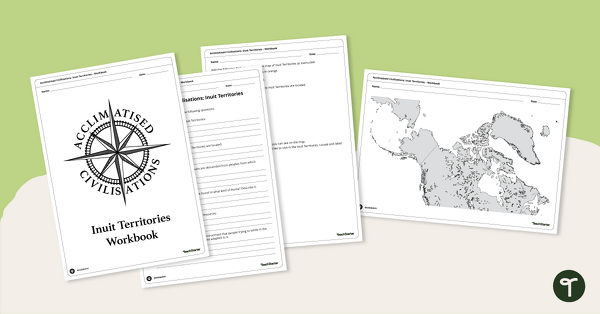
Acclimatised Civilisations: Inuit Territories – Workbook
Learn about the physical and human geography of the Inuit Territories with this inquiry-based mapping activity.
- Plus Plan
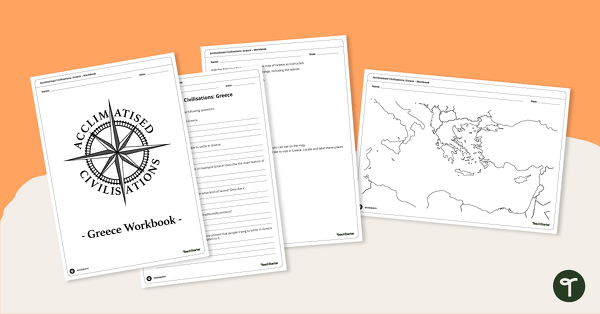
Acclimatised Civilisations: Greece – Workbook
Learn about the physical and human geography of Greece and the Mediterranean region with this inquiry-based mapping activity.
- Plus Plan

Acclimatised Civilisations: India – Workbook
Learn about the physical and human geography of the continent of India with this inquiry-based mapping activity.
- Plus Plan

NAIDOC 2021 – Heal Country! - Crossword Puzzle
A puzzle related to key concepts of the NAIDOC theme.
- Plus Plan
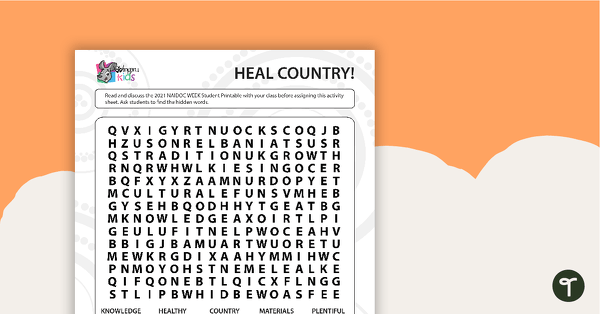
NAIDOC 2021 – Heal Country! - Word Search (Upper Years)
A puzzle related to key concepts of the NAIDOC theme.
- Plus Plan
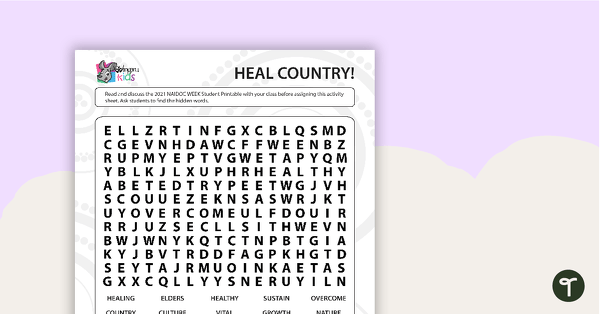
NAIDOC 2021 – Heal Country! - Word Search (Middle Years)
A puzzle related to key concepts of the NAIDOC theme.
- Plus Plan
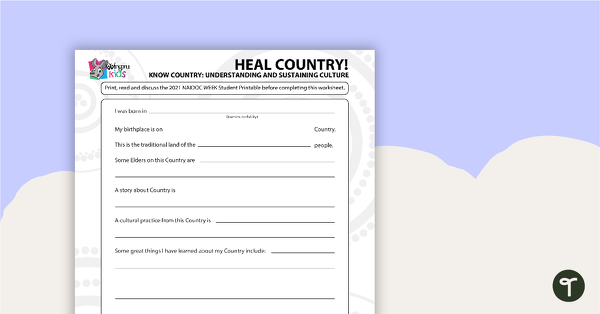
NAIDOC 2021 – Heal Country! - Worksheet (Middle/Upper Years)
A worksheet for students to reflect on the NAIDOC theme as it relates to them.
- Plus Plan
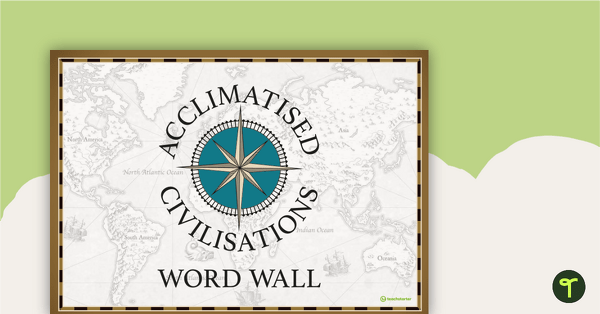
Acclimatised Civilisations – Word Wall
Content-specific vocabulary cards for a word wall based on the Acclimatised Civilisations Geography resources.
- Plus Plan
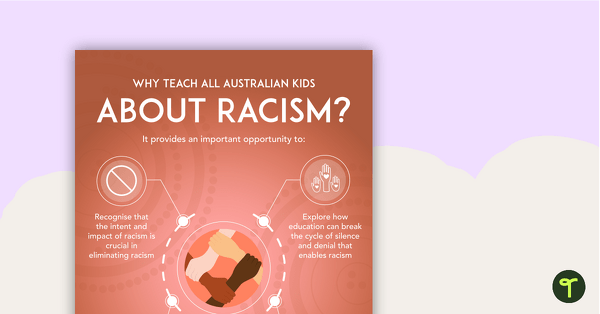
Why Teach About Racism? Poster
An educational poster providing a rationale for teaching Australian children about racism.
- Plus Plan
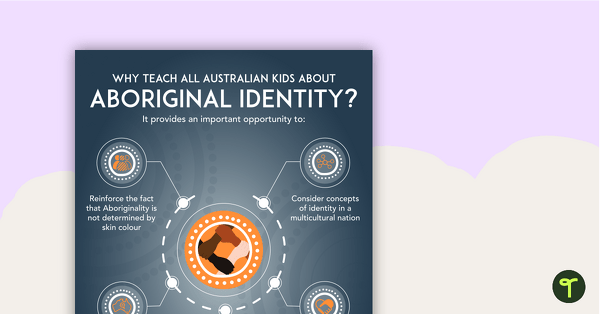
Why Teach About Aboriginal Identity? Poster
An educational poster providing a rationale for teaching Australian children about Aboriginal identity.
- Plus Plan
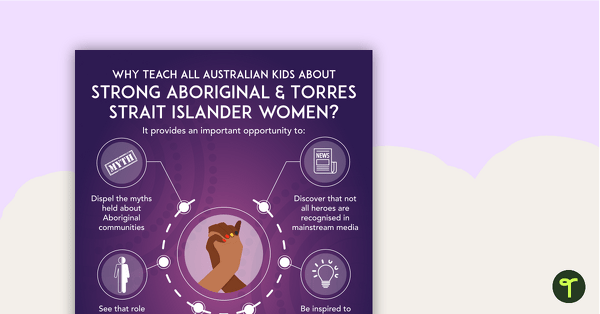
Why Teach About Strong Aboriginal and Torres Strait Islander Women? Poster
An educational poster providing a rationale for teaching Australian children about strong Aboriginal and Torres Strait Islander women.
- Plus Plan
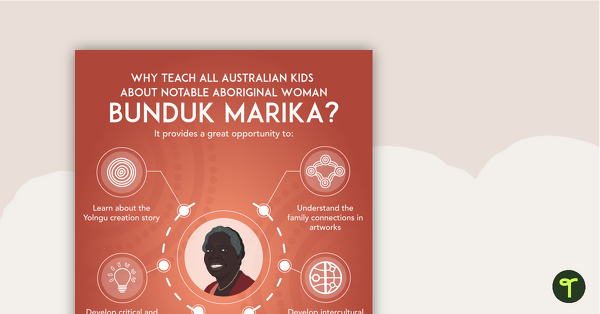
Why Teach About Bunduk Marika? Poster
An educational poster providing a rationale for teaching Australian children about notable Aboriginal woman, Bunduk Marika.
- Plus Plan
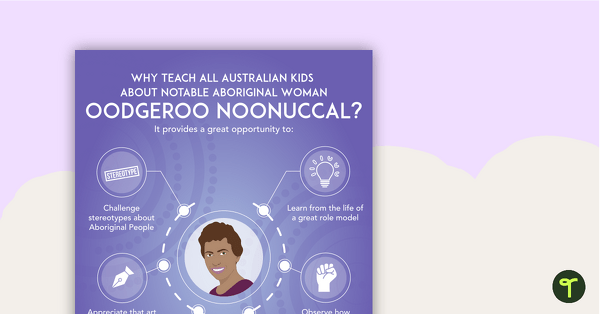
Why Teach About Oodgeroo Noonuccal? Poster
An educational poster providing a rationale for teaching Australian children about notable Aboriginal woman, Oodgeroo Noonuccal.
- Plus Plan
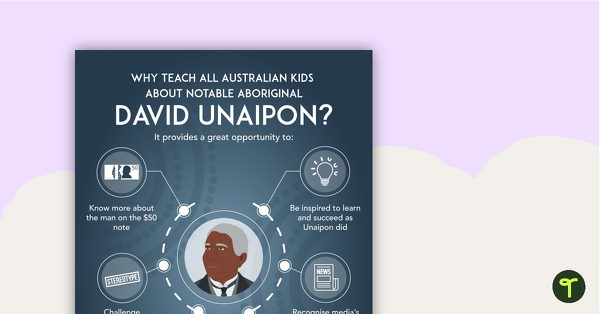
Why Teach About David Unaipon? Poster
An educational poster providing a rationale for teaching Australian children about David Unaipon.
- Plus Plan
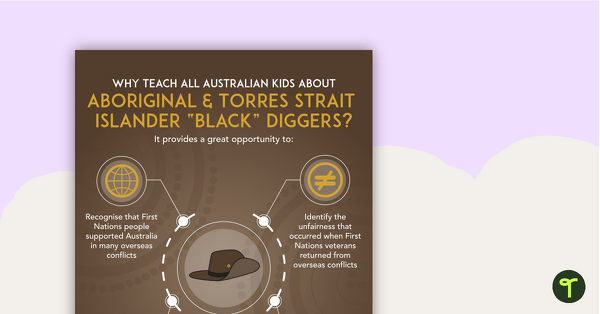
Why Teach About Aboriginal and Torres Strait Islander Diggers? Poster
Use this educational poster to provide a rationale for teaching Australian children about Aboriginal and Torres Strait Islander diggers.
- Plus Plan
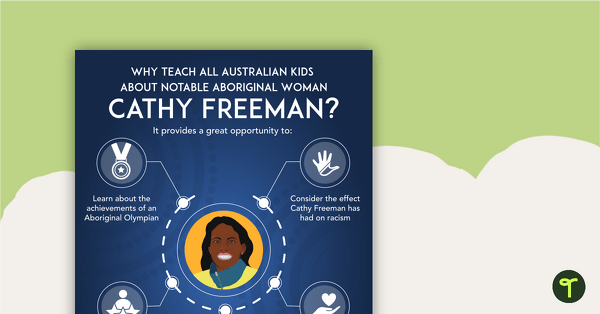
Why Teach About Cathy Freeman? Poster
An educational poster providing a rationale for teaching Australian children about notable Aboriginal woman, Cathy Freeman.
- Plus Plan
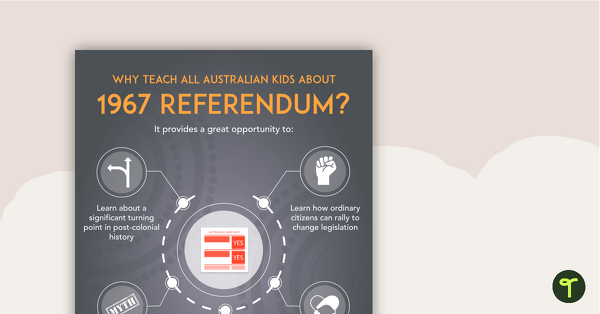
Why Teach About the 1967 Referendum? Poster
An educational poster providing a rationale for teaching Australian children about the 1967 referendum.
- Plus Plan
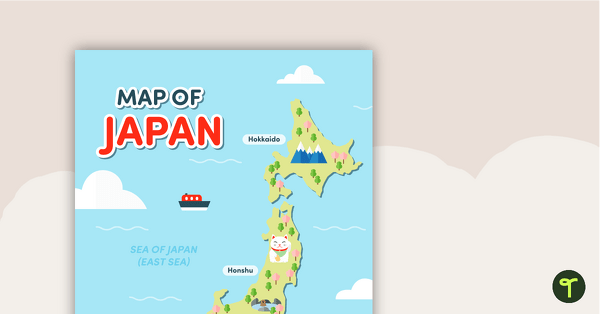
Map of Japan
A map of Japan featuring the names of the main islands and well-known landmarks.
- Plus Plan
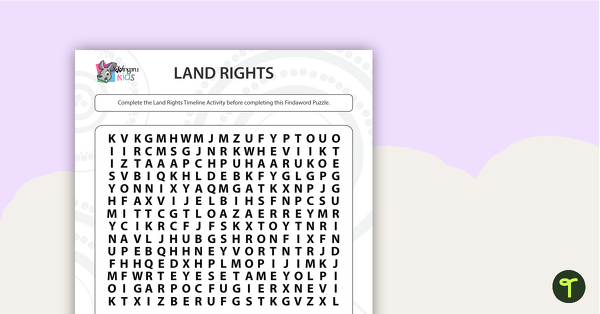
Land Rights Word Search - Upper Primary
A printable Land Rights Word Search worksheet for your upper primary school students to complete.
- Plus Plan

Land Rights Timeline Worksheet
A printable Land Rights Timeline worksheet for your students to complete in your classroom.
- Plus Plan
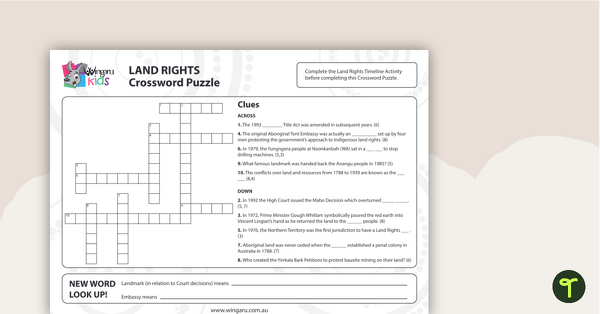
Land Rights Crossword
A printable Land Rights Crossword worksheet for your students to complete in your classroom.
- Plus Plan

Land Rights Jumbled Words
A Land Rights jumbled words printable worksheet for your students to complete in your classroom.
- Plus Plan
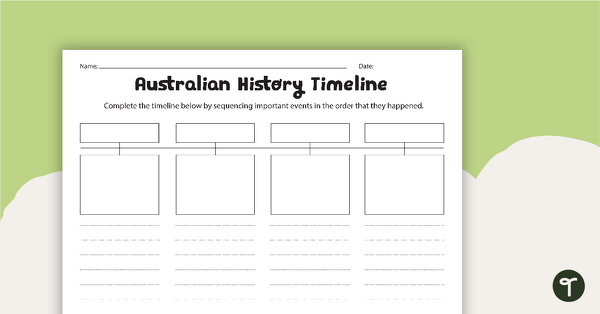
Australian History Timeline
A worksheet for students to record information about four significant Australian events.
- Plus Plan
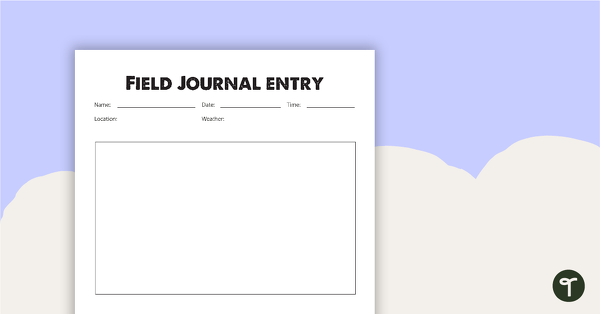
Field Journal Entry Worksheet
A journal entry worksheet to use during field work.
- Plus Plan
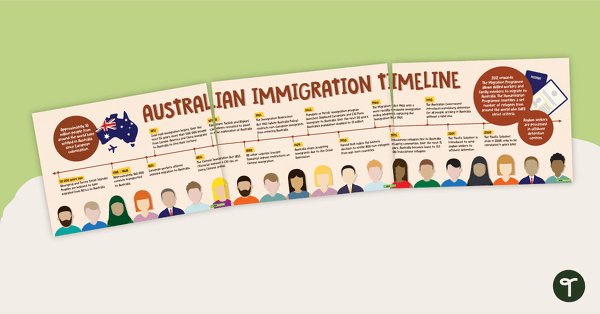
Australian Immigration Timeline
A 3 page timeline to display in the classroom when learning about Australian immigration.
- Plus Plan
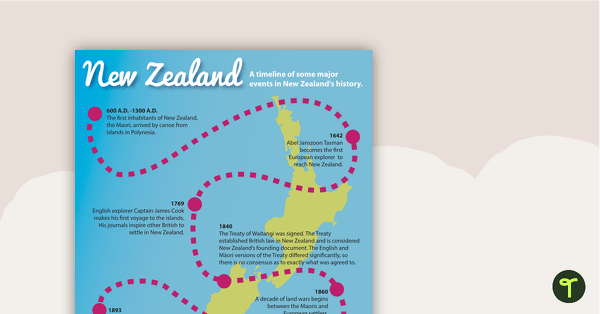
New Zealand History Timeline
A poster highlighting some of the major events in New Zealand's history.
- Plus Plan
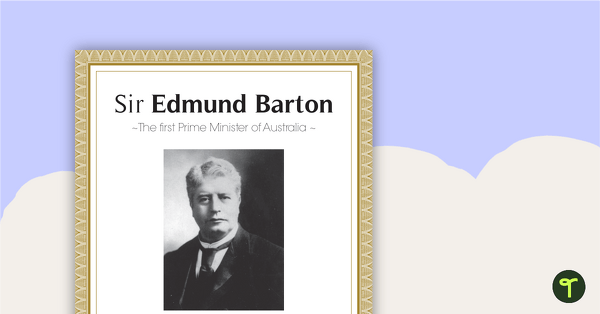
Sir Edmund Barton Profile
A profile of Australia's first Prime Minister.
- Plus Plan
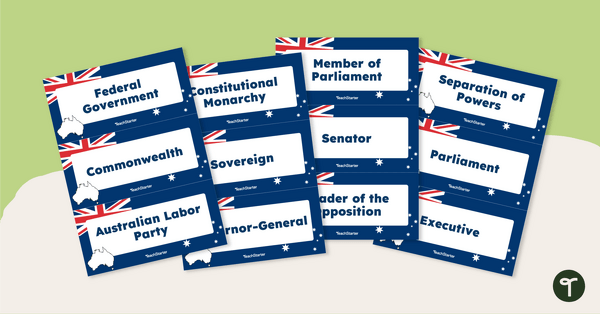
Australian Government Word Wall Vocabulary
Learn vocabulary related to Australia's Federal Government with this set of 42 word wall cards.
- Plus Plan
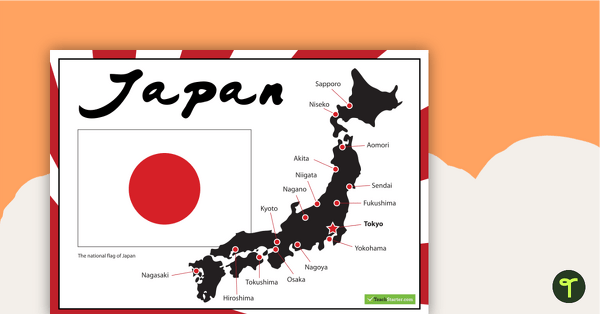
Japanese Flag and Map of Major Cities
A poster showing important information about Japan.
- Plus Plan

Commonwealth Games Timeline Activity
A template and classroom display banner to create a Commonwealth Games Timeline.
- Plus Plan

Exploring a Diverse World - Geography Word Wall Vocabulary
22 exploring a diverse world vocabulary word wall cards.
- Plus Plan
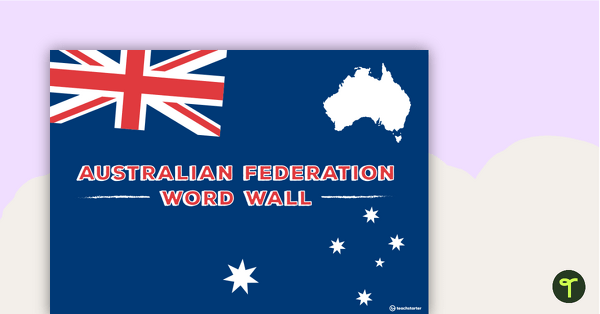
Australian Federation - History Word Wall Vocabulary
90 Australian Federation related vocabulary cards.